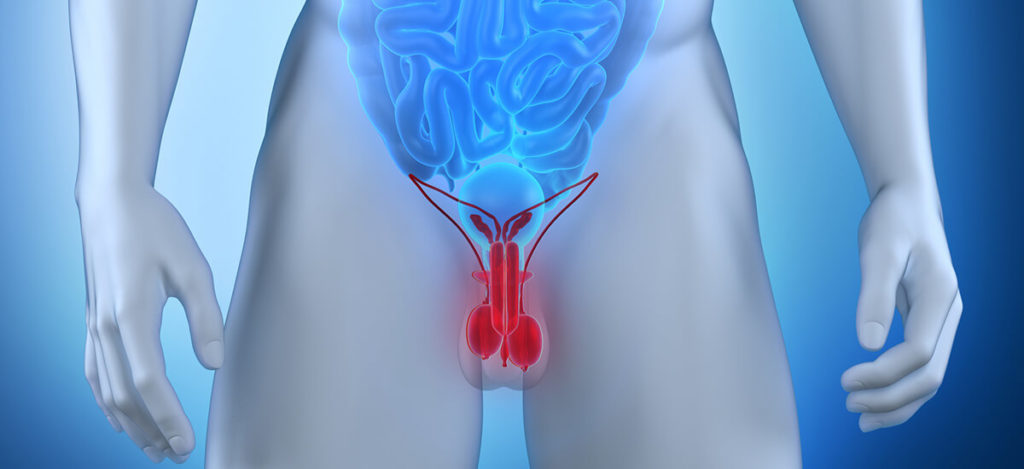Transcript
Hi, I’m Bev and I’m here to talk to you today about hair loss due to cancer. Over the past 30 years I’ve worked with people and helped them with their hair loss through chemo and radiation therapy and I’m just hear to talk a little bit about it today.
Being diagnosed with cancer is a real shock. Contemplating the treatment and associated side effects is really hard to deal with, along with the fear of accepting the unknown. But losing your beloved locks can be devastating. For most people it’s their personal pride and joy and trademark of their recognition and who they are.
The time to start thinking about what to do is before the chemotherapy treatment begins. The hair loss can begin very quickly after the first treatment. It’s a good idea to visit a specialised person in this field as early as possible. Everything then can be organised beforehand.
Hair loss can happen rapidly, in which case it’s worth cutting or shaving your hair short as soon as the loss begins because usually the hair falls out in clumps which can be very distressing. An early consultation is recommended to take a sample of the existing hair and match it perfectly as far as the colour, the curl pattern, the density and the length to ensure it’s as close a match as possible to the original.
A plastic mould is taken of the patient’s skull, like this, to ensure that the wig will be a perfect fit. It’s made of like a skin base so when it’s sitting on the scalp it actually has the appearance of the hair growing straight out of the scalp.
A lot of people have fun with this, changing their hair style and colour or just matching it to exactly how it was.
Synthetic wigs are much cheaper and they’re usually covered in costs by the hospital. Also private health benefits will cover the cost depending on your fund.
When the wig arrives it’s fitted and can be trimmed and thinned out and styled exactly to your needs. Depending on the length of your treatment, the wig can be worn until such time as the patient feels comfortable facing the world with newly grown hair post-chemo.
Sometimes people are absolutely thrilled with the new regrowth as it may grow back thicker, curlier or even a slightly different colour to what it was originally. This usually is the initial growth. After six months or so it usually goes back to normal.
We’re available for private consultations and can do hospital or home visits if necessary. From my experience cancer is an illness which I’ve seen most people recover from. The treatments available nowadays are beyond amazing. I would encourage anyone that no longer needs their wig to please donate it back to the cancer wig library to help others.
Thank you.
Book your health appointments online
Find and instantly book your next health appointment with Healthengine
More information
 |
Watch a video on Cancer Hair Loss. |
 |
For information on chemotherapy, the different classes of drugs used and their side effects, visit Chemotherapy. |
All content and media on the HealthEngine Blog is created and published online for informational purposes only. It is not intended to be a substitute for professional medical advice and should not be relied on as health or personal advice. Always seek the guidance of your doctor or other qualified health professional with any questions you may have regarding your health or a medical condition. Never disregard the advice of a medical professional, or delay in seeking it because of something you have read on this Website. If you think you may have a medical emergency, call your doctor, go to the nearest hospital emergency department, or call the emergency services immediately.







